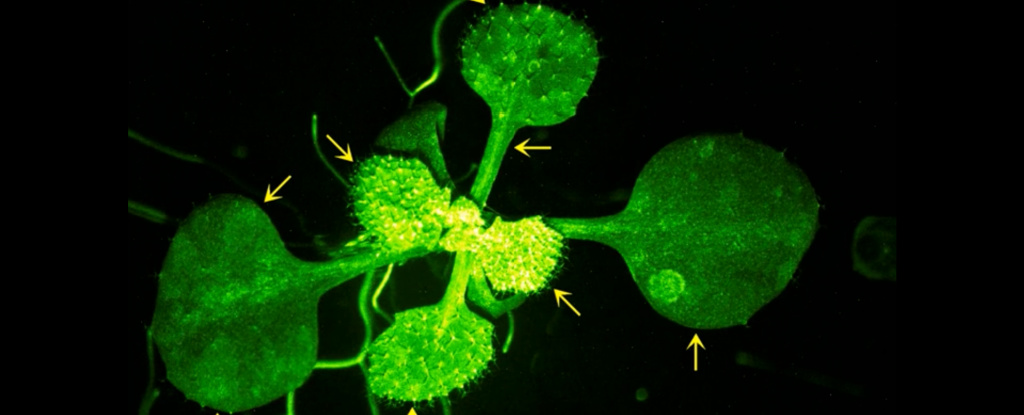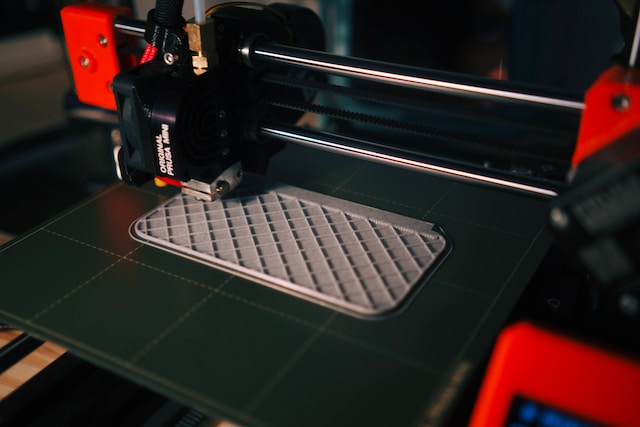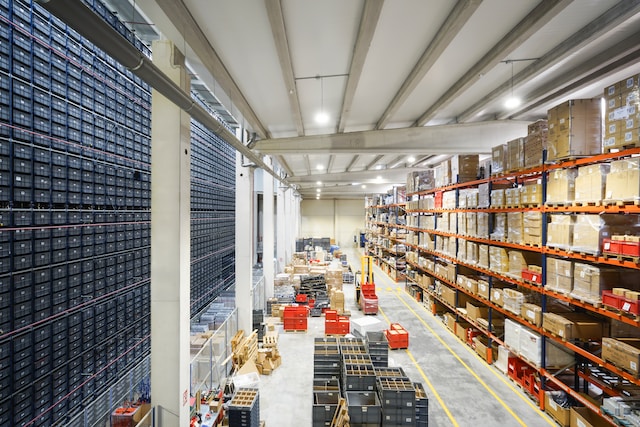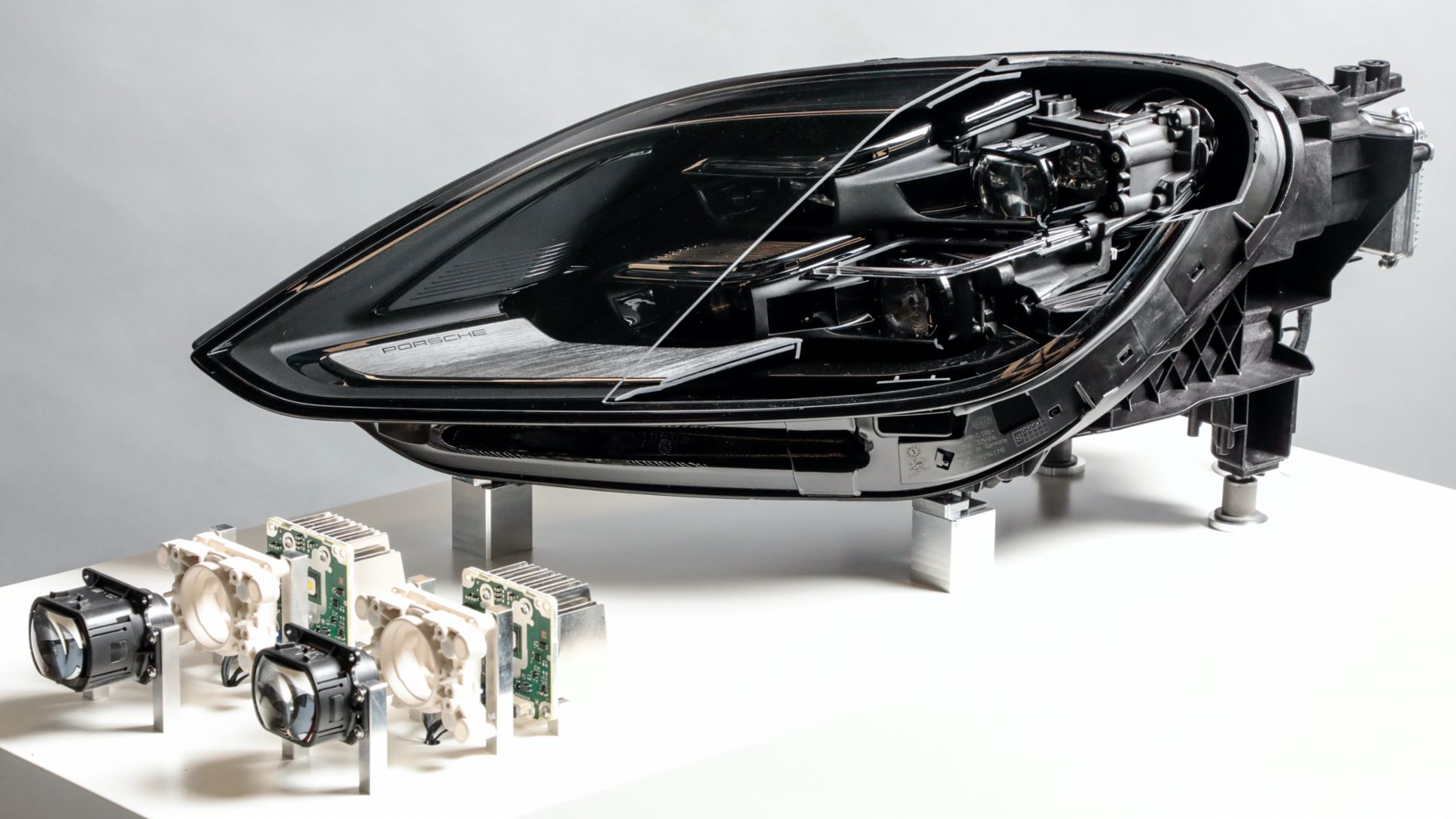IndustryTap has reported on DNA-Based Electrical Circuits, and how 100 million hours of high definition video can be stored in a coffee cup of DNA. The world’s scientists, engineers, and innovative companies have been exploring both natural and synthetic DNA for their versatility, stability, and longevity.
Now Ohio State mechanical engineers have published a paper, Programmable Motion of DNA Origami Mechanisms, in the Proceedings of the National Academy of Sciences. The paper details the process called “DNA Origami,” which uses natural and synthetic DNA to build nanoscale machines that perform tasks in the same manner as larger machines we are familiar with in daily life.
Nanomachinery Design
In laboratory experiments led by Professor David Leigh, Ohio State students Alexander Marras and Lifeng Zhou created a hinge using strands of DNA from a bacteriophage virus and “stapled” it to strands of synthetic DNA. The team has been constructing complex nanoscale mechanical parts and envisions building a wide range of complex components that are controllable and can be assembled into nanorobots.
According to team member Carlos Castro, “nature has produced incredibly complex molecular machines at the nanoscale, and a major goal of bio-nanotechnology is to reproduce their function synthetically. DNA origami enables the precise fabrication of nanoscale geometries.”
At issue is the reprogramming or overriding natural DNA with synthetic DNA. These tweaks cause natural DNA to behave in new and sometimes predictable ways such as repetitive 360° rotation. Scientists are seeking to discover how to force certain gene expression in cells so that specific design principles such as the control of linear or rotary motion in molecular systems can be achieved. There is currently a big difference between what biological and synthetic systems can do.
Once nanorobots have been created, scientists will attempt to manipulate other molecules in order to heal illnesses, create vaccines or produce synthetic fuels.
According to Castro, “we demonstrate an approach to engineer complex and reversible motion of nanoscale DNA origami machine elements and our results demonstrate programmable motion of 2-D and 3-D DNA origami mechanisms constructed following a macroscopic machine design approach.”
Some of the techniques used by the team include:
- Binding of flavor owns to DNA using restriction endonuclease activity assays
- Using electrophoretic mobility shift assay to identify DNA-binding proteins
- PCR amplification of template DNA’s extracted from mixed, naturally occurring microbial populations
- DNA demethylation at regulatory sequences to enhance gene induction
- A novel gene delivery system combining baculovirus AcNPV and to silkworm LINES
- Creation of a DNA biosensor for detection of specific oligonucleotide sequences of Plum Pox Virus (PPV) in plant extracts
The following animated GIF shows the hinge in operation:
Related articles on IndustryTap:
- The Great Promises & Challenges of Nanotechnology
- Hemp Holds Promise As Supercapacitor: Hemp Nanosheets Might Even Outdo Graphene
- Solar Cell Research “Births” New Field Of Nanobionics
References and related content:
- DNA origami could lead to nano ‘transformers’ for biomedical applications – – Tiny hinges and pistons hint at possible complexity of future nano-robots
- DNA Origami Could Lead to Nano “Transformers” for Biomedical Applications | Life Sciences Network
- Creating the worlds most complex 3D-motion nanomachines from DNA – Futurism | Futurism






